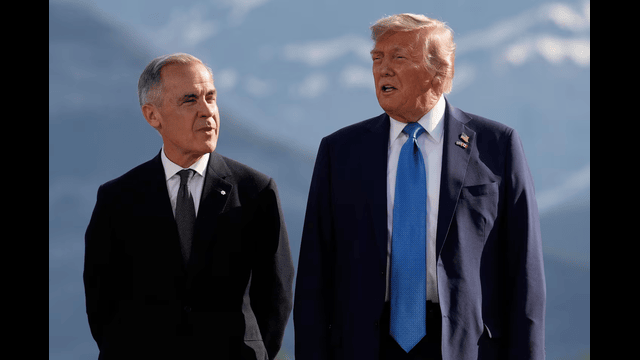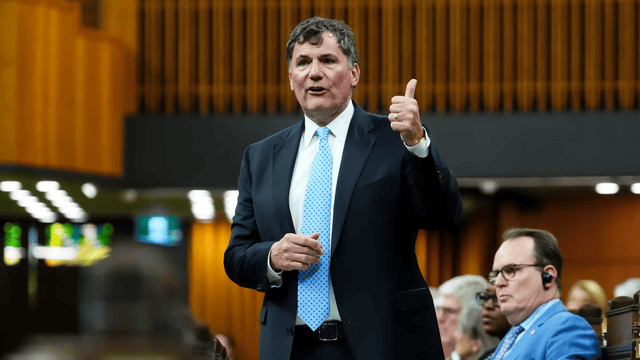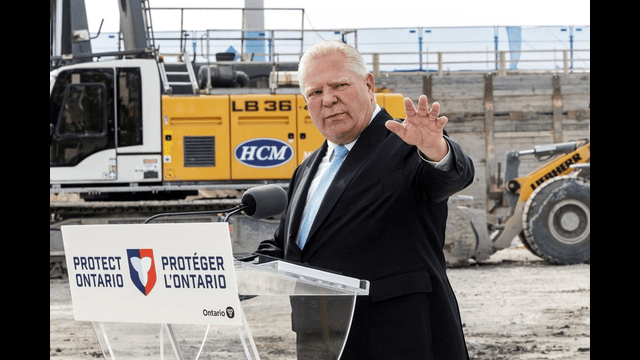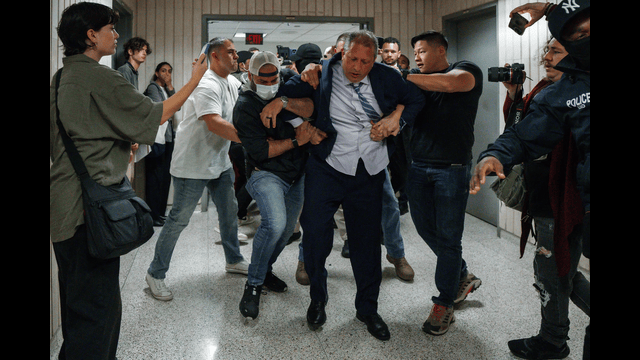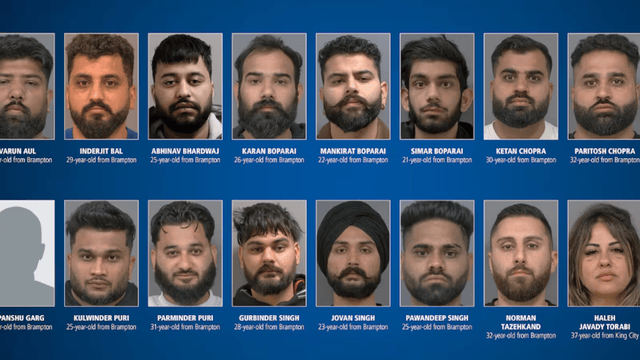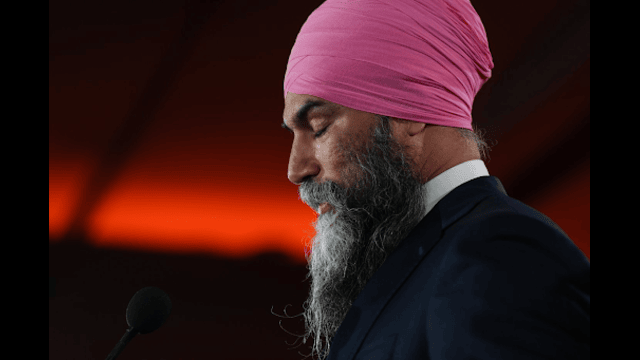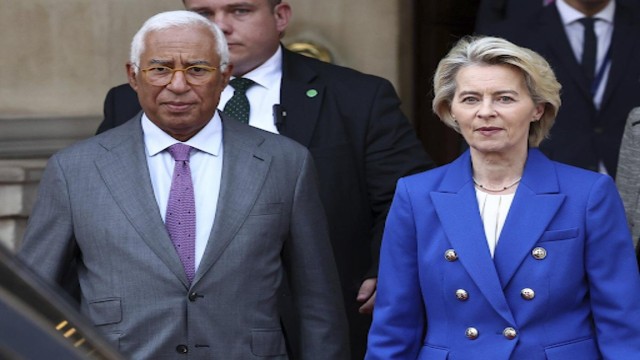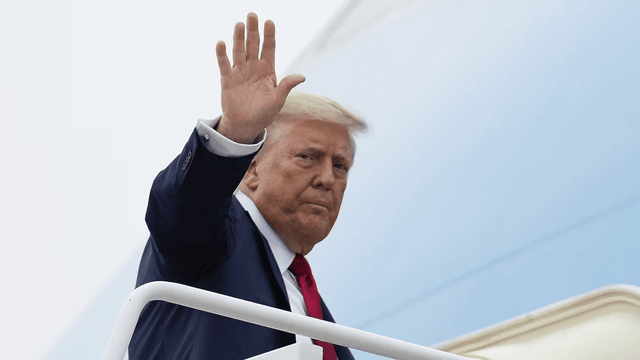
The SpaceX Falcon 9 rocket launched from Cape Canaveral, Florida, on August 28, 2024, carrying 21 Starlink internet satellites. AP Photo
The SpaceX Falcon 9 rocket, renowned as the world’s most frequently launched rocket, has been given the green light to fly again. This approval, announced by federal regulators on Friday evening, comes after a brief grounding by the Federal Aviation Administration (FAA) due to an incident involving a Falcon 9 rocket booster that exploded while attempting to land on August 28. Just two days later, the FAA confirmed that SpaceX’s Falcon 9 could resume flight operations, despite an ongoing investigation into the recent anomaly.
"The SpaceX Falcon 9 vehicle may return to flight operations while the overall investigation of the anomaly during Wednesday’s mission remains open, provided all other license requirements are met," the FAA stated in an email. SpaceX had requested clearance to return to flight on August 29, and the FAA granted approval the following day, August 30.
This clearance is crucial as SpaceX prepares for two significant missions. One of these is the Polaris Dawn mission, which aims to carry a crew of civilian space travellers on an ambitious journey that includes the first commercial spacewalk. This mission had already faced delays due to issues with ground systems and unfavourable weather conditions. Additionally, SpaceX is gearing up to launch two NASA astronauts to the International Space Station (ISS) as part of the Crew-9 mission. This mission, expected to take place as early as late September, will eventually facilitate the return of Boeing Starliner’s test flight crew in 2025 after a monthslong rotation. NASA astronauts Suni Williams and Butch Wilmore, who have been stationed on the ISS since early June, will play key roles in this mission.
While Falcon 9's failures are rare, they do occur, as seen in the recent incident where a booster exploded during landing. However, such failures do not impact the overall success of SpaceX missions, as the primary goal of these landing attempts is to refurbish and reuse the rocket boosters, reducing the cost of each flight. SpaceX has made significant strides in this area over the past decade, successfully landing Falcon 9 boosters after most missions. The booster that exploded on August 28 had completed 22 successful flights before its crash landing, yet the mission itself was a success, with the rocket successfully delivering a batch of Starlink satellites into orbit.
This was not the first time Falcon 9 faced issues. In July, another incident occurred when the upper stage of the rocket failed during a mission to deliver Starlink satellites into orbit. The failure was attributed to an oxygen leak, which led to what SpaceX CEO Elon Musk referred to as a "rapid unscheduled disassembly" (RUD) — a technical term the company uses for explosions. Despite these setbacks, the FAA determined there were no public safety concerns and allowed Falcon 9 to return to flight within two weeks. However, both incidents remain under separate investigations by the FAA.


